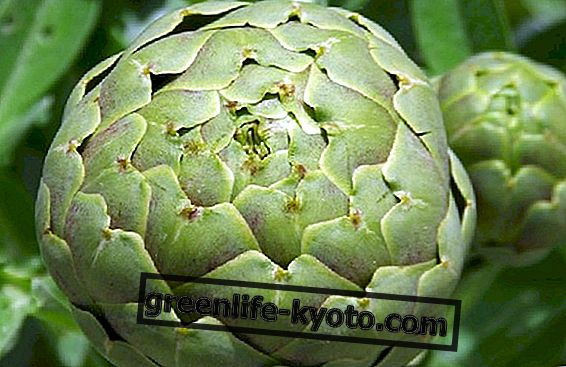
In Brazil we can find numerous species of minor exotic fruits, almost unknown to most but excellent in terms of beneficial properties for health.
This is the case of the Brazilian cherry and sometimes grumichama, the two most common vulgar names of Eugenia brasiliensis, a tree of the mirtaceae family (related to myrtle and guava) endemic to Brazil, and typical of the Atlantic side of the rainforest.
In addition to being appreciated for the fine wood it offers to carpenters and for being an excellent landscape ornament, the grumichama tree offers special fruits, although in the panorama of exotic fruits they are considered among the rarest (it is considered an endangered species ), similar to cherries, at least in their dark-skinned version (there is also a yellow skin) very juicy and slightly acid, loved by both men and birds and bats.
It is generally considered a delicacy to be consumed raw, but thanks to it jams, juices, ice creams and liqueurs are also prepared, also famous in Hawaii where the grumichama is regularly cultivated since the mid-1800s.
Once the central seed has been removed, the rest of the fruit is rich in vitamin C.
Grumichama: Vitamin C and polyphenols
We have all heard at least once that red wine is good for health. In particular, this is due to the polyphenols it contains, while the alcohol component is the one that brings the potential damage to health.
It is said that grumichama, considered a "cousin" of the most famous superfoods such as açai, camu-camu, guarani and cupuaçu, brings the same benefits of wine without the problems related to alcohol : the combination of vitamin C and high quality polyphenols gives a very strong anti-aging, anti-free radical power, perfect especially for the elasticity of cardiac tissues.
While vitamin C is concentrated in the sweet and acidulous pulp at the same time, the anthocyanins are particularly concentrated in the skin of purple fruits (therefore the fruit is to be eaten with all the peel, well washed) and have a great antioxidant, antiaging and antitumor.
Things to know more about the fruit of the Grumichama
The fruit is easily damaged and this is why it is not on the market; the juice and dehydrated and sold powdered peel are easier to find, a veritable mine of polyphenols and other antioxidant active compounds.
The entire fruit is also rich in calcium compared to other fruits and, according to some research carried out in Honduras, it seems that they have astringent, diuretic and antirheumatic properties (especially the infusion of berries and leaves).
There are varieties with white pulp, purple, and finally the rarest of all, red . Botanically the fruit is a globose and oblate berry, and has obvious sepals on the opposite side to the petiole, which can recall those of other more common fruits such as medlars, blueberries or myrtle berries.
The compounds contained within the skin and the high antioxidant power are not an exception in members of the genus Eugenia, where we also find pitanga, guyabilla, arazà, pitangatuba, pitomba, pitanguinha, pitangabepa, the Rio Grande cherry and other minor berries known in Brazil also for their excellent herbal qualities: rich in ascorbic acid and antioxidants such as anthocyanins or flavonoids, high content of aromatic essential oils with strong antimicrobial, antiviral, antifungal and antibacterial properties.













